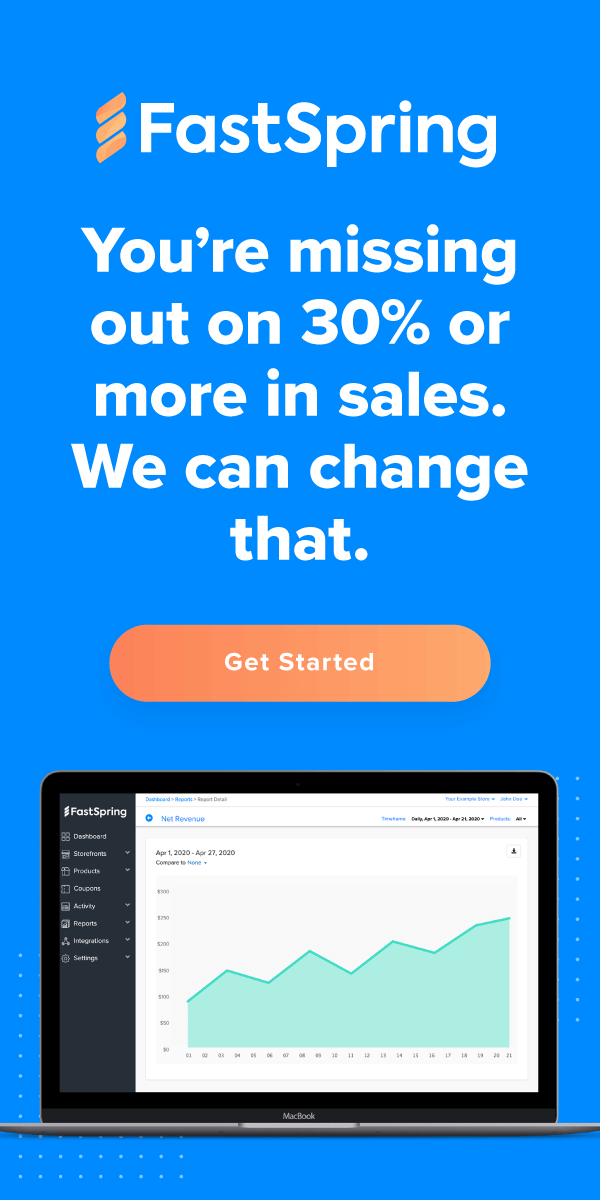In a previous post, we kindly reminded you that the entire Internet is judging you. In an infinite sprawl of e-commerce best practices, must do’s, and top ten lists, we’re going to wade through the sea of marketing jargon for you.
Today our focus is Search Engine Optimization.
By the bye, you’ll hear SEO, SEM, organic search, and paid search a lot. These are marketing terms used by marketers to impress marketers. You either pay to place your shop at the top of the Google/Bing/Yahoo search results, or you don’t.
Translation:
SEO = organic, unpaid
SEM = ignored by the masses, paid
If you’re SEO-adept, there’s no reason to pay Google’s price of admission. You can make your way to the front of the stage on your own good looks and merit.
First things first: you have to get naked for Google. Google still rules the SEO roost and averages over 3.5 billion searches per day. If you’re an autodidact, feel free to download Google’s SEO Starter Guide.
Or read our distilled versions and let’s get down to SEO brass tacks.
1. Use clear, appealing page titles and meta descriptions.
- A descriptive page title is crucial. Use informative and relevant keywords that people would use to find the item. Use entire words. Google bolds the search terms that appear in the URL. Try to anticipate what people actually search for. Keep these under 60 characters. If you have your company name in the page title, this should be at the end. A good content management system (CMS) should let you independently control the page title in the browser tab versus the actual page title shown on the page.
Did you see the part where we mentioned that Google bolds the search terms that appear in the URL?
Even though you’re (probably) not selling baseball cards, the nuts and bolts should look overwhelming.
- Write an attractive meta description. No meta tags are used by Google for ranking. They have confirmed this. However, the description meta tag is used for the excerpt of text shown beneath your page link in the search engine results pages. Keep it related to the product. You only have 160 characters to play with so keep it short and sweet.
2. Ensure every image on your site has alt text.
Image ‘alt’ text is used by screen readers for visually impaired users, and alt text also allows Google to index your images so they can be searched. Watch Google guru Matt Cutts break it all down in this video.
3. Clean up your URLs.
Product page URLs should be short and descriptive and use entire words. Your CMS should give you control over what URLs should be and the best systems (we’ll get to that in a future post) will create SEO-friendly URLs for you.
Try to keep URLs:
- Short for ease of sharing
- Descriptive so that they stand out in search results. Remember that Google will bold keywords that are present in URLs.
4. Use a blog to answer questions from customers.
Your blog content is organic low-hanging fruit. Keywords from your customers and your detailed answers will make their way up Google’s SEO chain.
5. Write your own original, informative product descriptions but don’t “keyword stuff.” We know when you do that, and we don’t like it. Tailor the messaging and wording to your specific demographic and buyer personas.
Finally, did we mention that Google bolds the search terms that appear in the URL?
Want to learn more ecommerce tips? Download our ebook and learn how to develop up-sell techniques, reduce cart abandonment, and increase revenue.
![[Customer Story] Why TestDome Considers FastSpring a Real Partner](https://fastspring.com/wp-content/themes/fastspring-bamboo/images/promotional/2023/FastSpring-TestDome-blog-thumbnail.jpg)







